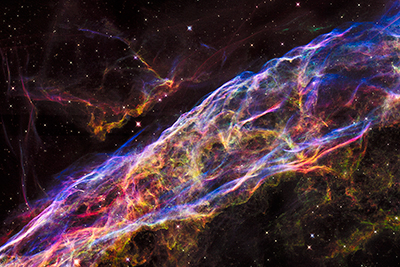Thayer professor Eric Fossum—the engineer and physicist who invented the CMOS image sensor used in nearly all cellphone and digital cameras, webcams, medical imaging and other applications—joined with Thayer PhD candidate Jiaju Ma in developing pixels for the new Quanta Image Sensor (QIS)…. Their new sensor has the capability to significantly enhance low-light sensitivity. This is particularly important in applications such as “security cameras, astronomy, or life science imaging (like seeing how cells react under a microscope), where there’s only just a few photons,” says Fossum. “Light consists of photons, little bullets of light that activate our neurons and make us see light,” says Fossum. “The photons go into the semiconductor [the sensor chip] and break the chemical bonds between silicon atoms and, when they break the bond, an electron is released. Almost every photon that comes in, makes one electron free inside the silicon crystal. The brighter the light, the more electrons are released.” Fossum says that one of the several challenges in the QIS is to count how many electrons are set free by photons and thus effectively count photons. This is particularly important in very low light applications, such as in life science microscopy, photography, or even possibly quantum cryptography and the Internet of Things. “When we build an image sensor, we build a chip that is also sensitive to these photons. We were able to build a new kind of pixel with a sensitivity so high we could see one electron above all the background noise.” The new pixels are considerably smaller than regular pixels since they are designed to sense only one photon, but many more are placed on the sensor to capture the same amount of total photons from the image. “We’d like to have 1 billion pixels on the sensor and we’ll still keep the sensor the same size,” says Ma.
Source: Engineering researchers produce breakthrough for photography






